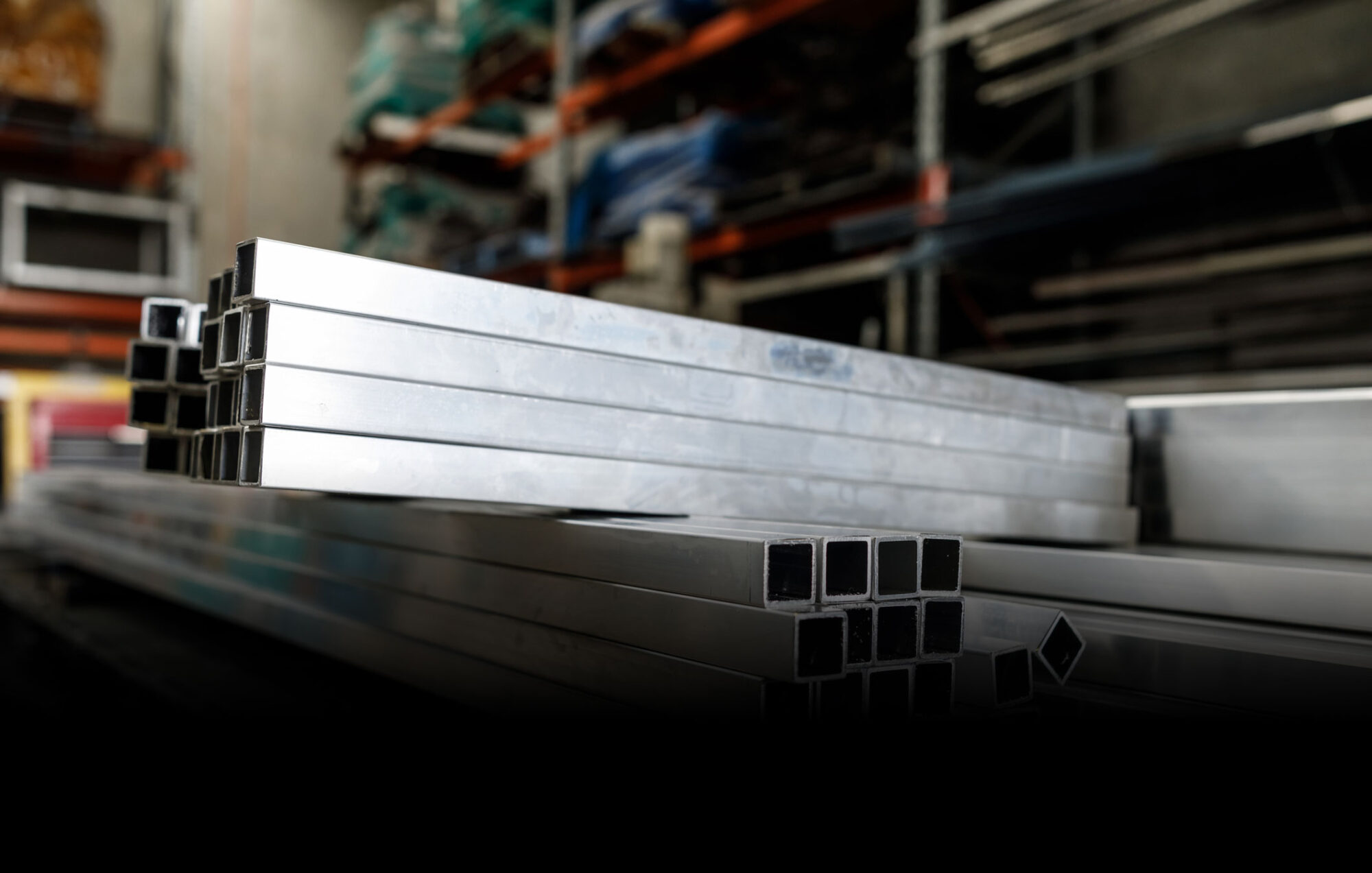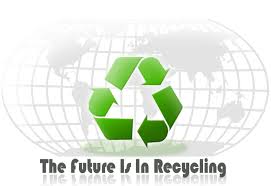The term scrap metal means a lot of different metals that has an economic benefit. People often wonder “what affects the value of your scrap”. When is the right time to sell your scrap? Is it best to sell it at a certain location? These are everyday questions, and we are offering a few reasons that happen to contribute towards the value of your scrap metal.
- Supply and Demand
Buying and selling scrap is an internationally known business , with several nations interacting with each other for scrap. Here, supply and demand play a large role in determining the amount of economic gain made by the supplier. Demand is higher where businesses flourish, while naturally, demand is lower and often close to none in places where raw materials for market products are not needed. When the supply of scrap surpasses the demand, the economic value of scrap decreases significantly. The economic status of the country also plays a major role. For example, during the 2008 recession the value of scrap dropped down to $250 per metric ton from $700 metric ton. On the other hand, when the demand for scrap is greater than the supply, the scrap prices increase and this often leads to inflated scrap metal prices (we see that iron and steel prices have risen by 70% in 2014).
- Metal Prices
The value of scrap is also affected by the market prices of metals. If the market price of a metal increases, then the scrap metal prices of the respective metal will also increase. So, if you have a large amount of a particular metal scrap, and the market price of the same metal rises, the value of your scrap is bound to increase as well.
- Location of Scrap Yard
The location of your scrap yard impacts the value of your scrap considerably. Customers seek scrap yards that are closer to their factories. Why? Because this reduces transportation costs. Especially while buying a large amount of scrap, transportation costs can add up. Additionally, if your scrap yard is located near an industrial area, the demand for and thus the prices of your scrap is higher than that of a scrapyard in a more residential area. However, if your scrap yard is located far from cities, ports or industrial areas, the net value of your scrap may decrease due to the additional transportation costs.
- Type of Scrap
The type of scrap largely affects the value of scrap. Metals are the most abundantly sought after scrap. This is because many scrap metals often have a higher metal content than even their ore! Tungsten is an example of such metals. Generally, it is also found that non-ferrous metals are considered more valuable than ferrous metals because the latter is more vulnerable to rusting; and perhaps also because the former is lighter and more malleable. In addition, scrap metal prices are also affected by the way they are classified (this may often vary between different scrap yards).
- Quality of Scrap
While determining scrap pricing, the quality of scrap is an important factor. The quality of scrap contributes towards an increment in the value of your scrap. A higher amount of scrap metal will yield a higher value for your scrap, which is why most suppliers prefer to collect large amounts before selling the metal scraps in meager quantities.







 Do you sometimes take out the trash at your house? You probably have a dumpster or garbage container outside of your house that a garbage collector comes and empties into a big truck once a week. Where does all the garbage go after the truck gets filled up? It goes to a landfill or a dump, where piles and piles of trash and waste are compacted (pressed down or crushed) and then buried in the ground. Grass can be planted over the buried trash to make the land look better and be safer. Sometimes landfills can leak dangerous chemicals into the soil that can eventually get to streams, lakes, and rivers, where water that we drink comes from. Lots of animals live in that water and drink it too. When landfills are built and taken care of the way they are supposed to be, they are not dangerous, but they do use up land that could be used for other things instead, like building houses.
Do you sometimes take out the trash at your house? You probably have a dumpster or garbage container outside of your house that a garbage collector comes and empties into a big truck once a week. Where does all the garbage go after the truck gets filled up? It goes to a landfill or a dump, where piles and piles of trash and waste are compacted (pressed down or crushed) and then buried in the ground. Grass can be planted over the buried trash to make the land look better and be safer. Sometimes landfills can leak dangerous chemicals into the soil that can eventually get to streams, lakes, and rivers, where water that we drink comes from. Lots of animals live in that water and drink it too. When landfills are built and taken care of the way they are supposed to be, they are not dangerous, but they do use up land that could be used for other things instead, like building houses.